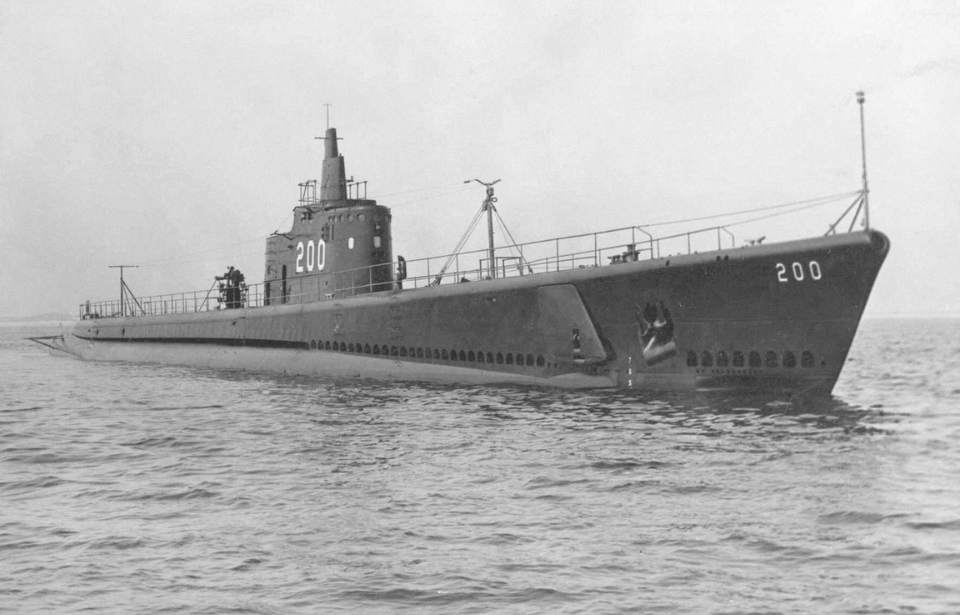During the First World War, Germany deployed a number of vessels that turned naval warfare on its head. Among them were bigger and more effective U-boats, which devastated merchant vessels and warships. A number of world powers realized they needed to develop technologies that could rival the German fleet, including the US, which introduced the Tambor-class into service in 1940. Among them was the USS Thresher (SS-200), the most decorated American submarine of World War II.
Development of the Tambor-class
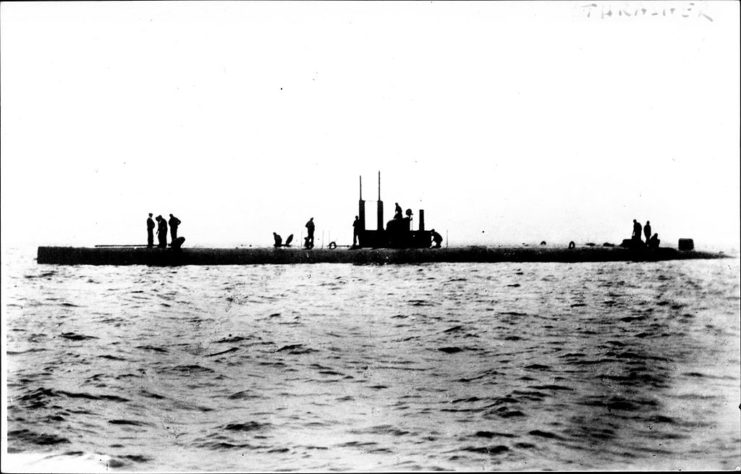
In 1937, a call went out to a team of US Navy officers for the development of a new class of submarine. Disagreements occurred between high-ranking officials, with Adm. Thomas Hart, Chairman of the General Board, wanting the new vessels to feature a smaller design with more rudimentary features. Cmdr. Charles A. Lockwood, on the other hand, wanted them to include more modern and advanced technologies.
In the end, Lockwood won out, ensuring the Tambor-class was equipped with six bow and four stern torpedo tubes (a first for a US submarine); the most current diesel engine; a three-inch .50-caliber deck gun; and an updated Torpedo Data Computer, which was placed in an enlarged conning tower. Also added were a new periscope, as well as air conditioning and fresh water distillation, the latter of which were intended to ensure the crew manning the vessels remained comfortable.
The USS Thresher (SS-200) is introduced into service
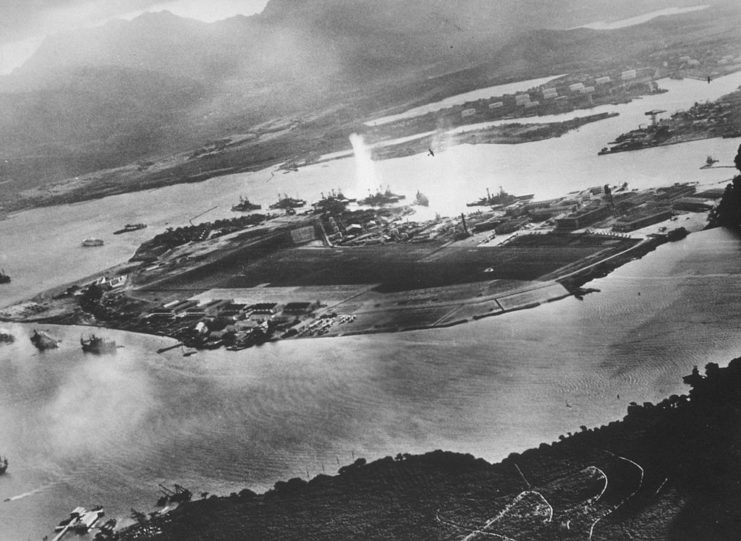
The USS Thresher was named for a type of shark normally found in the waters off of North America and Asia. She was the third Tambor-class submarine to be built, after the USS Tambor (SS-198) and Tautog (SS-199). Thresher‘s keel was laid down in May 1939 at Electric Boat in Groton, Connecticut and she was commissioned the following year, with Cmdr. William Lovett Anderson in charge of her crew.
Following sea and engineering trials, Thresher operated along the East Coast, before sailing to the Caribbean Sea and onward to the Hawaiian Islands in the fall of 1941. She was returning to Hawaii from a simulated war patrol on December 7 when her crew received word about the Japanese attack on Pearl Harbor.
Early patrols during the Second World War
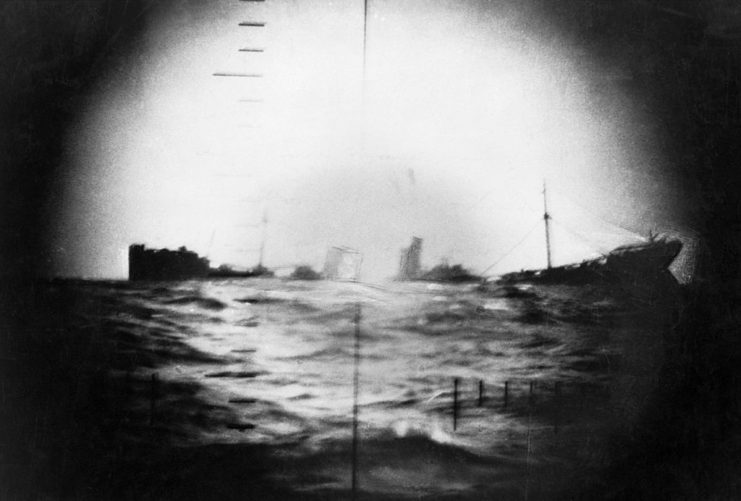
Soon after the events at Pearl Harbor, the USS Thresher set sail for the Mariana and Marshall Islands, before moving to a location off the coast of Guam. While returning to port in February 1942, the submarine was accidentally attacked by a US Navy aircraft flying above, but received no damage from the incident.
While on her third patrol, Thresher was positioned near the Japanese home islands, her crew tasked with collecting weather data for Adm. William Halsey‘s task force. It was during this that the submarine scored her first hit, sinking the Japanese freighter Sado Maru off the coast of Yokohama. Months later, while on her fourth patrol, Thresher encountered more enemy vessels, one of which tried to capture her. After escaping, a firefight ensued.
Thresher‘s fifth and sixth patrols took place in the Gulf of Siam and the Java Sea, during which she laid one of the first sea mine plants by a submarine in the Pacific Theater. On December 29, 1942, she likely sank a 3,000-ton Japanese freighter, firing eight shots from her main gun. If true, this would make the Japanese vessel one of the few to be sunk entirely through the use of deck guns.
During her seventh patrol in Fremantle, Thresher encountered a Japanese I-65-class submarine. Shots were exchanged, but neither vessel was damaged. In March 1943, she achieved her biggest hit yet, sinking a 5,232-ton tanker.
The USS Thresher‘s service during the latter part of World War II
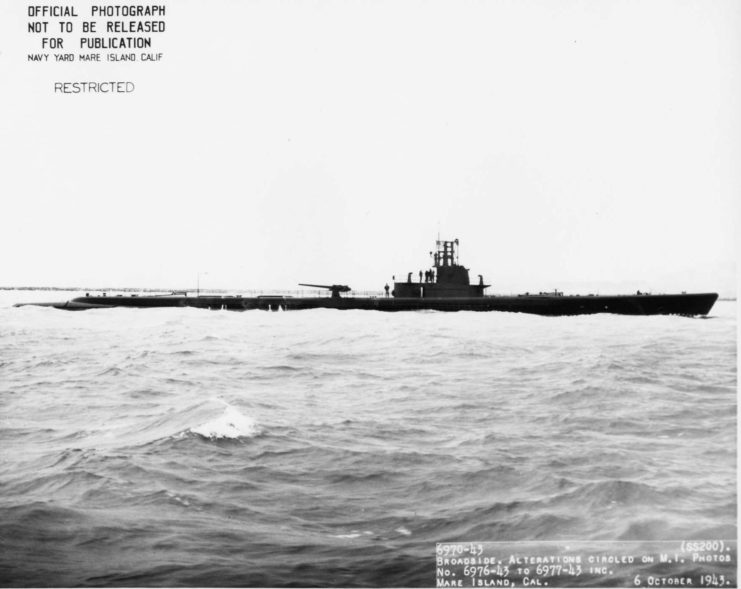
The USS Thresher continued to be an invaluable member of the US Navy’s fleet throughout her eighth and ninth patrols of the Pacific. While the eighth was relatively quiet, she did score a hit during her ninth.
Over the course of the Second World War, Thresher participated in 15 patrols, achieving continued success throughout. Not only did she serve as part of the “Mickey Finns” wolf pack, commanded by Cpt. William “Mickey” O’Regan in mid-1944, she also scored multiple hits on the 6,854-ton freighter Gyōkū Maru and sunk an 5,000-ton oiler – and that’s just scratching the surface of all the submarine and her crew achieved during this time.
In October 1944, Thresher returned to port in the Hawaiian Islands for an extensive refit, where she remained until January 1945. She then sailed to the Marianas, before being assigned to the waters north of Luzon, in the Philippines. Her last actions of the Second World War included a shore bombardment of Batan Island on March 28, during which she was accompanied by the USS Puffer (SS-268) and Piranha (SS-389).
Legacy of the USS Thresher
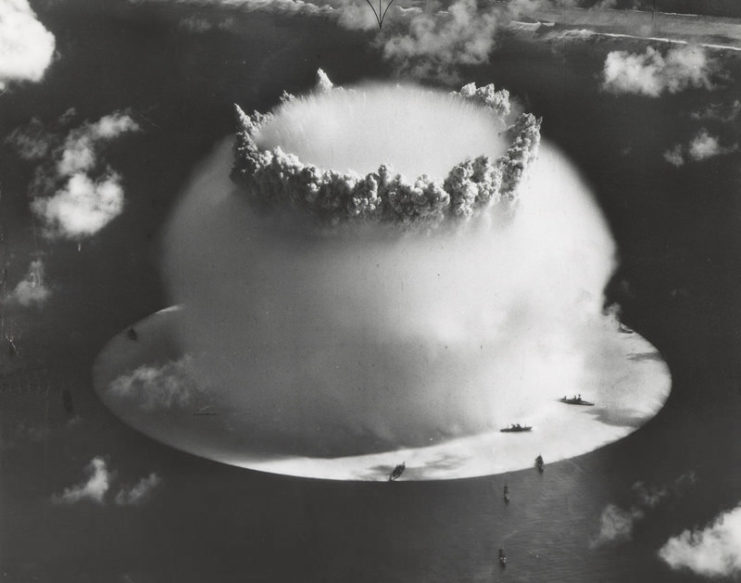
The USS Thresher was conducting target training services out of Eniwetok Atoll and Pearl Harbor when WWII came to an end. Along with the USS Tambor, Tautog, Tuna (SS-203) and Gar (SS-206), she was one of just five Tambor-class submarines to survive the conflict, and was decommissioned in December 1945. Over the course of her service, she received 15 battle stars and a Navy Unit Commendation, making her the most decorated American submarine of the Second World War.
More from us: Veterans Saved the USS Batfish (SS-310) By Moving It to a Soybean Field
Thresher was recommissioned two months later to serve as a target during atomic bomb testing at Bikini Atoll. The vessel, however, was found to be too badly damaged and was, again, decommissioned and subsequently sold for scrap.
